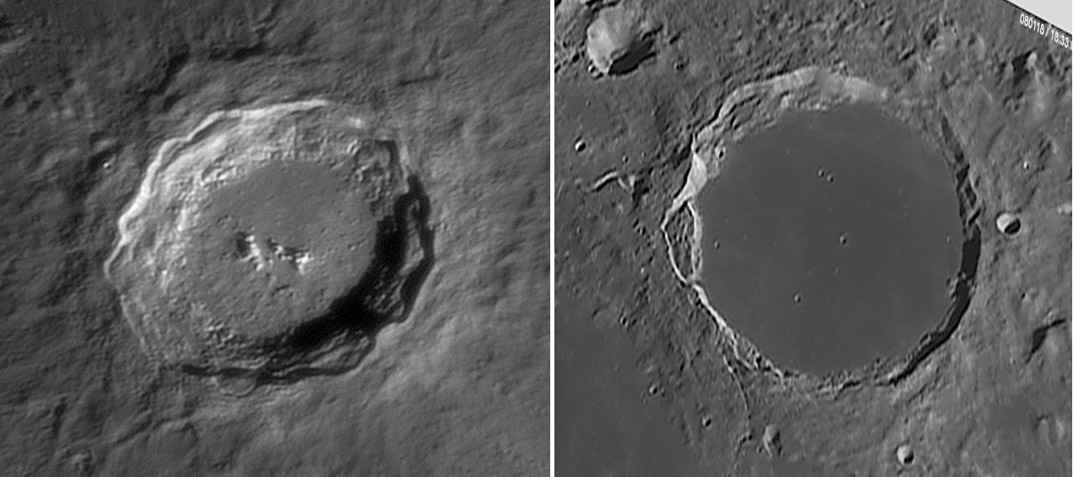Difference between revisions of "November 10, 2008"
| (2 intermediate revisions by the same user not shown) | |||
| Line 1: | Line 1: | ||
__NOTOC__ | __NOTOC__ | ||
=Before And After= | =Before And After= | ||
| + | <!-- Start of content --> | ||
<!-- ws:start:WikiTextHeadingRule:1:<h1> --> | <!-- ws:start:WikiTextHeadingRule:1:<h1> --> | ||
<!-- ws:start:WikiTextLocalImageRule:7:<img src="/file/view/LPOD-Nov10-08.jpg/45715733/LPOD-Nov10-08.jpg" alt="" title="" /> -->[[File:LPOD-Nov10-08.jpg|LPOD-Nov10-08.jpg]]<!-- ws:end:WikiTextLocalImageRule:7 --><br /> | <!-- ws:start:WikiTextLocalImageRule:7:<img src="/file/view/LPOD-Nov10-08.jpg/45715733/LPOD-Nov10-08.jpg" alt="" title="" /> -->[[File:LPOD-Nov10-08.jpg|LPOD-Nov10-08.jpg]]<!-- ws:end:WikiTextLocalImageRule:7 --><br /> | ||
| Line 15: | Line 16: | ||
<br /> | <br /> | ||
<strong>Related Links</strong><br /> | <strong>Related Links</strong><br /> | ||
| − | Rükl plate [ | + | Rükl plate [https://the-moon.us/wiki/Rükl_3 3]<br /> |
Oliver's [http://www.astro-imaging.de/astro/ webpage]<br /> | Oliver's [http://www.astro-imaging.de/astro/ webpage]<br /> | ||
George's [http://www.lunar-captures.com/ webpage]<br /> | George's [http://www.lunar-captures.com/ webpage]<br /> | ||
| Line 21: | Line 22: | ||
<p><b>Tomorrow's LPOD:</b> [[November 11, 2008|Moon 101]] </p> | <p><b>Tomorrow's LPOD:</b> [[November 11, 2008|Moon 101]] </p> | ||
<hr /> | <hr /> | ||
| + | {{wiki/ArticleFooter}} | ||
Latest revision as of 19:55, 18 August 2018
Before And After

Copernicus image (left) by Oliver Pettenpaul, and Plato image by George Tarsoudis
Copernicus and Plato are both large complex craters. Copernicus is relatively pristine, but Plato has been considerably altered. By looking at the two craters and their surroundings we can tell how and when. Copernicus is a relatively young, large (93 km) complex crater with terraced walls, big flat floor and central peaks. Plato is bigger (109 km), but its floor is about 90% of its diameter (vs 65% for Copernicus) and it has no central peaks. Plato's walls are very narrow with a prominent scarp on the north and west sides, similar to the scarps around Copernicus' rim crest. A large triangular shaped block has subsided slightly down Plato's western wall, and a similar one is on the eastern wall of Copernicus. Plato is about 2 km deep, and Copernicus is 3.8 km. Apparently an approximately 2 km thickness of mare lava occupies Plato's floor, burying its central peaks and much of its wall. Because there are no breaches of Plato's rim the lavas did not come from the nearby Mare Imbrium so they must have risen up fractures under the crater. Copernicus has rays that drape across Mare Imbrium; Plato doesn't. Copernicus' formation was post-Imbrium, Plato formed after the Imbrium basin, but before the Imbrium lavas. A 2.5 to 3 billion year interval separates the formation of these two complex craters.
Chuck Wood
Technical Details
Copernicus:01/09/2006. Celestron C9.25XLT, Foculus FO124B.
Plato: 01/18/2008. Orion Optics 10 inch at f/6.3, DMK 21AF04 at barlow projection method, filter red.CAW removed foreshortening to circularize the crater.
Both of these images were found on the LPOD Photo Gallery.
Related Links
Rükl plate 3
Oliver's webpage
George's webpage
Yesterday's LPOD: A Fence
Tomorrow's LPOD: Moon 101
COMMENTS?
Register, Log in, and join in the comments.



